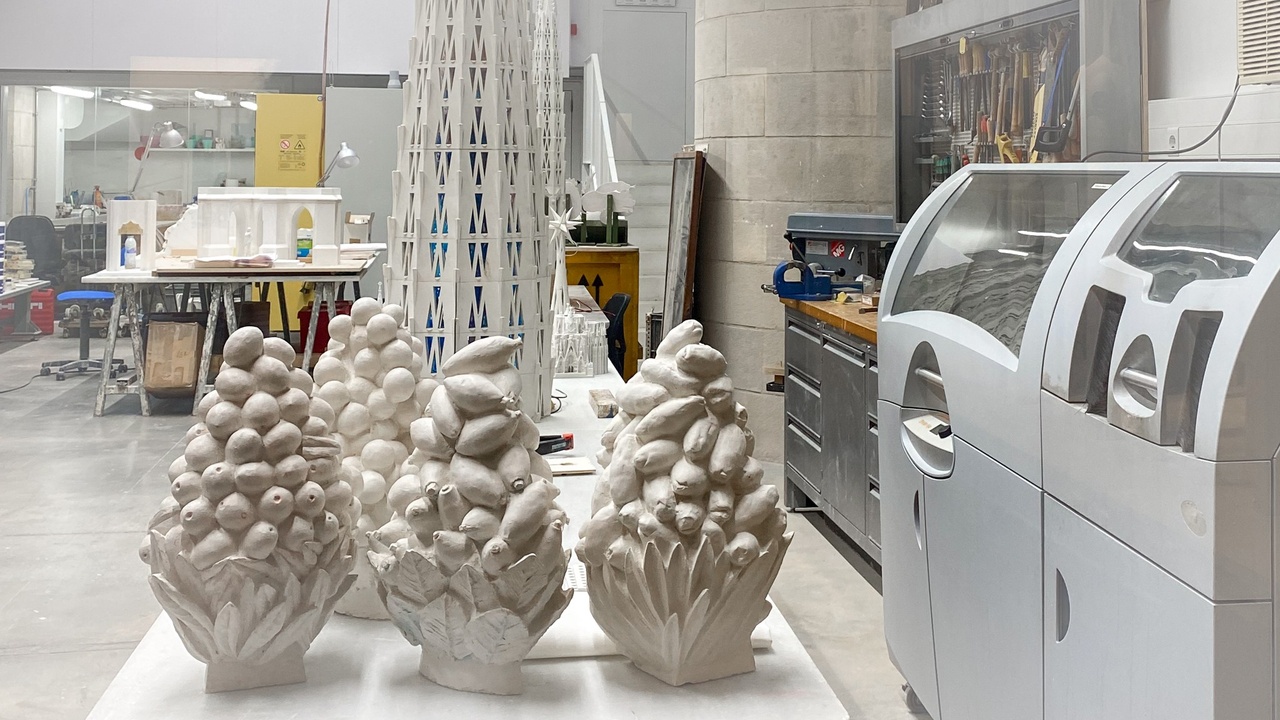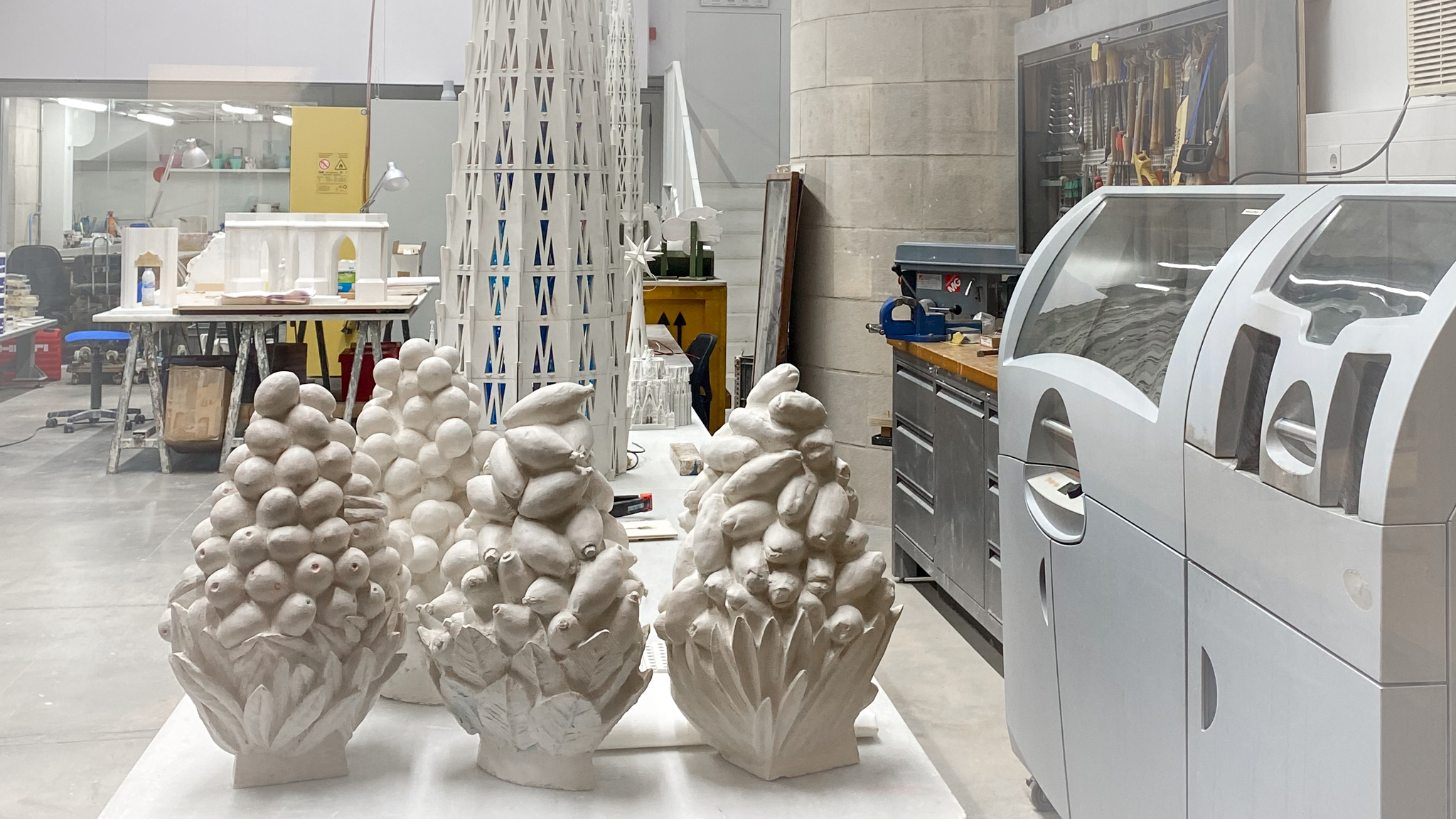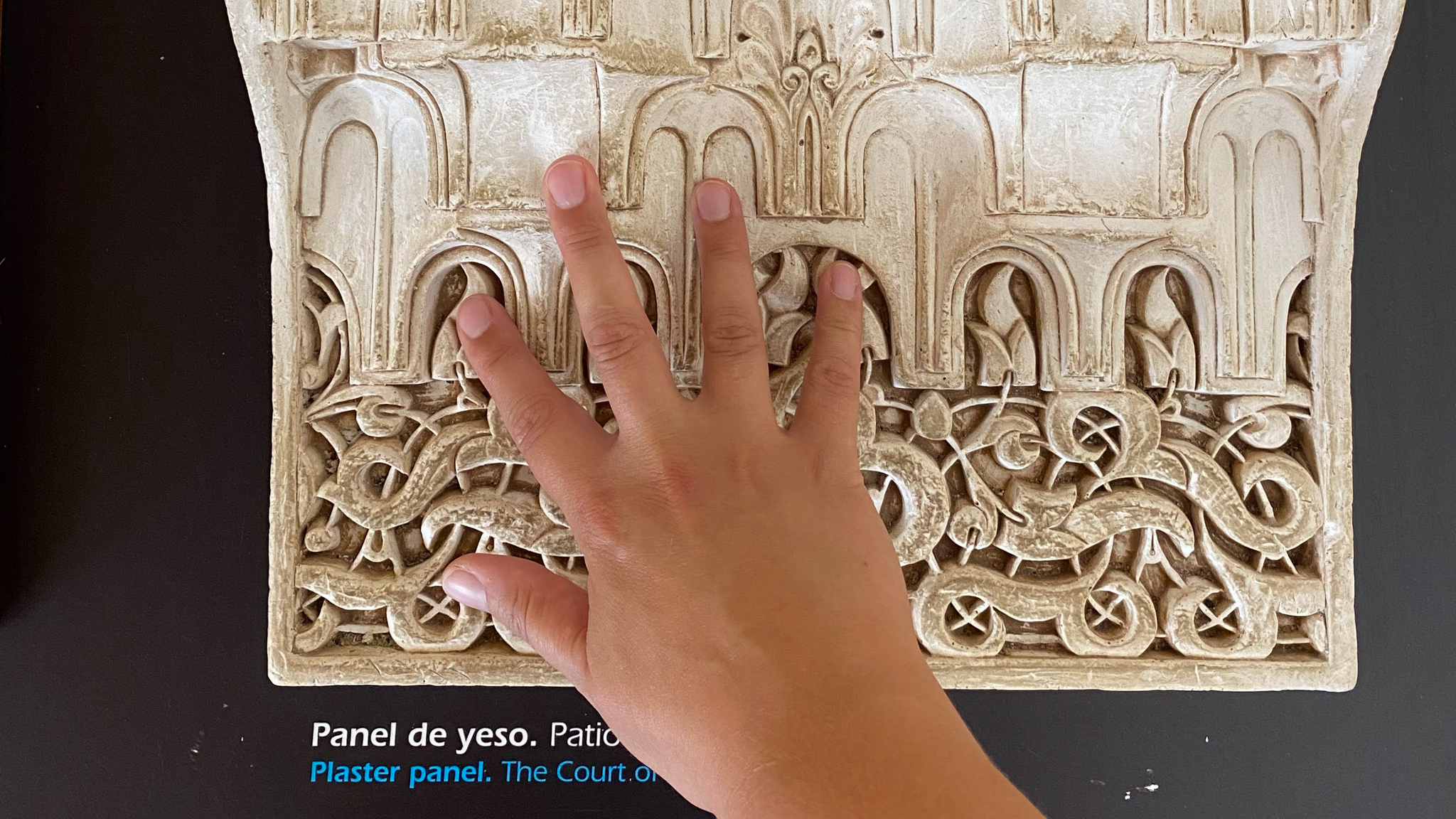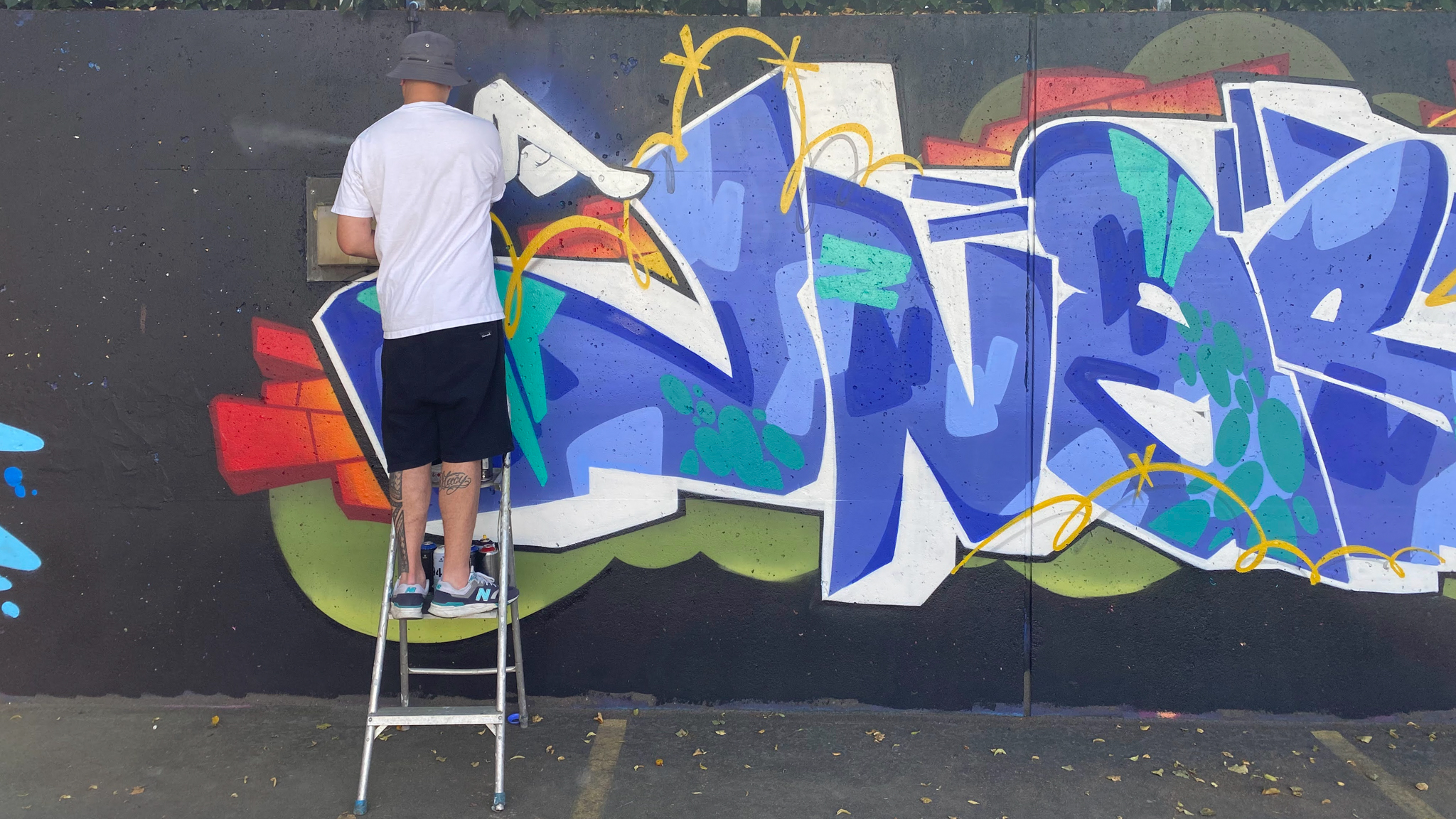How to design for a future you can’t see
Dec 21, 2022
Hikma Founder Erica Machulak writes about learning from the past, living in the present and designing projects that will stand the test of time.
“What do you think it would feel like to start building something knowing that it would take generations to finish it?” asked my friend and fellow medievalist Juliette Vuille as we stared at the Catedral de Sevilla. She pointed out that the design of one of the towers changed slightly as the cathedral grew taller, a sign that builders made aesthetic or technical tweaks over time. We had been asking ourselves versions of this question while wandering through castles and cathedrals across Switzerland, France and Spain.
Over the past couple of years, I have been a little fixated on how we build things. This was my first holiday since founding Hikma in October of 2020, and the process of winding down my business for six weeks was much harder than I had anticipated. I spent the better part of the spring wrapping up client projects and deciding what could be delegated or cut loose. After two years of learning how to run a business, it was a challenge to stand still.
Many of the museums and historical sites we visited were in a state of rebuilding and adapting to the circumstances of mid-pandemic tourism. While some sites were just as crowded as I would have expected, others felt like ghost towns. I selfishly enjoyed the relative quiet, taking more time to stare at a mosaic or an understated display than I might have done in a busier crowd. Moving through history at a slower pace than usual, I started noticing all of the work in progress hidden in plain sight.
How do we learn from the past and design in the present without knowing what the future will look like?
Whether you are designing a research project, a business or another creative pursuit, it is challenging to build sustainable initiatives for a world in flux. Here are three lessons from my travels that may help:
Lesson 1. Try new tools
When Gaudi took the job of architect for Barcelona’s Sagrada Familia in 1883, he did so knowing that he would never see the work completed. Engineers and artisans have since found creative ways to stay true to the spirit of his work even as they access new tools and techniques.
They use new technologies in both the craftsmanship of the cathedral and in the way that they make the process of building it accessible to visitors.

A glimpse into the workshop at the Sagrada Familia, where a 3D printer is used to prototype features for the newest towers.
To make this trip possible, my team and I experimented with ignored features in our email, web platform, and other digital tools to see what worked best for us. While not every “hack” became part of our process, the conversations we had about how we work together had a lasting impact on our future projects.
Staying open to new tools prepares you to adapt as times change.
Lesson 2. Give the people what they want
If your heart beats, at some point, you have probably wanted to touch something that you weren’t supposed to. Instead of fighting that temptation, the stewards of the Nasrid Palaces at the Alhambra have found a way to make it work. Displays of reproductions invite visitors to touch reproductions of mosaics and carvings without damaging the nearby originals.

Displays at the Alhambra invite visitors to touch reproductions of the tiles and carvings in the vicinity.
From rebuilding structures to writing travel guides, the most effective cultural sites connect with visitors by considering what they value and how they will engage. Whether we call them “visitors,” “actors,” “users,” “audiences,” “stakeholders” or “customers,” the people for whom we design should shape the things we build.
Staying curious about the value that you bring to others helps you stay relevant.
Lesson 3. Live in the process
Living in the process means appreciating how and why we build as much as what we build.
Shortly after returning home to Vancouver, I dropped by a pop-up event at the Vancouver Mural Festival. Alongside artists who knew what they were doing, I grabbed a can of spray paint and went to work on one of the canvases set up for us to experiment. The goal was to try the medium, often painting over designs that other visitors had left behind.

Vancouver Mural Festival artist paints at a pop-up event.
The professional street artists in our midst inspired us with their talent and quiet dedication, pausing for selfies when asked before returning to their craft. Within hours, they transformed an alleyway into a space of creativity and wonder.
Every step of your process is an opportunity to test drive your vision and values. At Hikma, we've designed many of our most successful initiatives and services by learning from people who have been attracted to the way that we work.
When you invite people to share in your process, you create opportunities to inspire each other and create better futures together.
Explore the Hikma Collective
Stay connected with news and updates!
Enter your information to receive resources, tips, and updates about our programs.
Don't worry, your information will not be shared.
We will never sell your information, for any reason.

